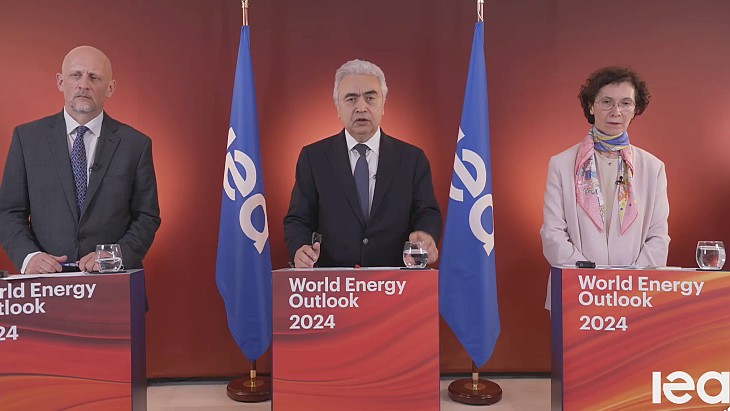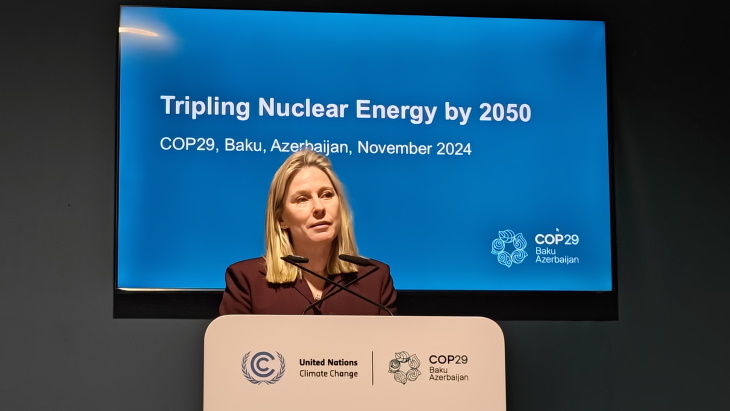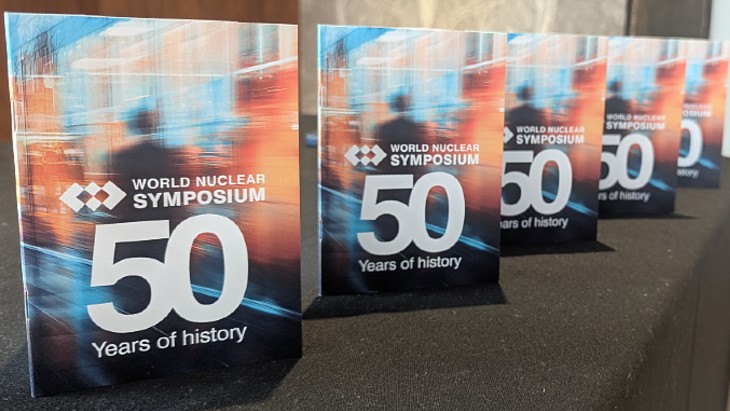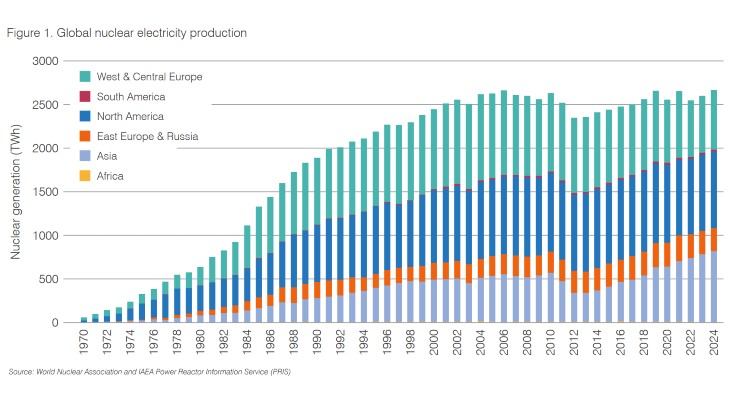French nuclear fuel cycle company Areva has announced that it achieved carbon neutrality in 2007. Meanwhile, Finland's Fortum has agreed to purchase 5 million tonnes of carbon dioxide (CO2) emission units from Russian companies to help cover its carbon emissions.
Areva's "pro-active emission reduction initiative", coupled with the naturally low emissions of its industrial processes, enabled the company to cut its emissions to less than 1 million tonnes of CO2 equivalent in 2007. The company then bought CO2 credits on the market to make up for what it described as its "unavoidable share" of emissions.
To help its ongoing initiative, Areva has joined forces with sustainable development and carbon offsetting provider EcoAct, with a view to selecting and supporting environmental projects of benefit to the local population in countries where the group has offices. Examples suggested by the French company include building refrigerated warehouses with no diesel generator sets in Niger, providing the Brazilian ceramics industry with biomass, replacing coal by natural gas in a Chinese thermal plant.
According to Guy Bousquet, Areva's senior vice president of sustainable development and continuous improvement, the carbon neutrality achievement should not be underestimated. "Not only does our offer contribute to the fight against climate change but so do our industrial activities," he said.
Fortum trades
Finnish nuclear and hydroelectric utility Fortum has agreed to purchase 5 million tonnes of emission reduction units (ERUs) from the Russian Territorial Generating Company No 1 (TGD-1), in the biggest deal of its kind ever made in Russia. The ERUs, valued at approximately €70 million ($103 million) at current market prices, are equivalent to about half of Fortum's annual CO2 emissions.
Fortum's 10,900 MWe fleet of generators includes 1420 MWe of nuclear power from the Loviisa and Olkiluoto plants, with the largest share coming from some 260 large and small hydroelectric installations. The nuclear contribution will rise to 1820 MWe when Olkiluoto 3 is complete around 2010.
The ERUs will come from so-called Joint Implementation projects at TGC-1's facilities over the period 2008-2012, including the reconstruction of hydro power plants, expansion and reconstruction of combined heat and power generation facilities, and energy improvements within district heating networks. ECF Project will be responsible for preparing technical documentation for the projects and gathering necessary approvals from the Russian side.
Fortum will be able to use the ERUs, once verified, to cover some of its own emissions. Most of Fortum's generation comes from CO2-free nuclear and hydropower. Indeed, 89% of its own generation does not cause CO2 emissions, according to senior vice president Tapio Kuula, but he noted that Joint Implementation is an effective way for Fortum to mitigate climate change. "The Kyoto mechanism enables companies to reduce emissions where it is most economical," Kuula said.
Joint Implementation is one of the mechanisms offered to countries that have committed to cut their carbon emissions under the 1997 Kyoto Protocol. It allows a developed country to work with another to reduce emissions or enhance sinks, and share the resulting emission reduction units accordingly.




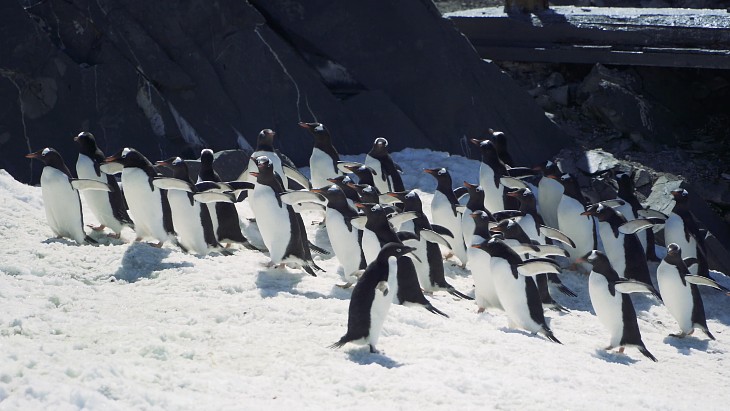
_99697.jpg)
